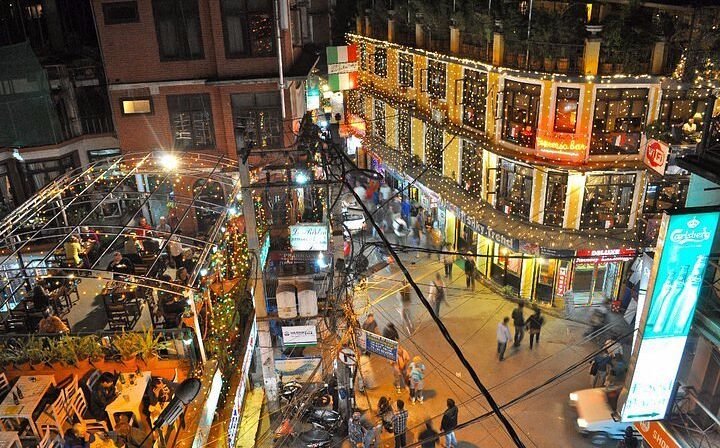
Nepal Travel Advice
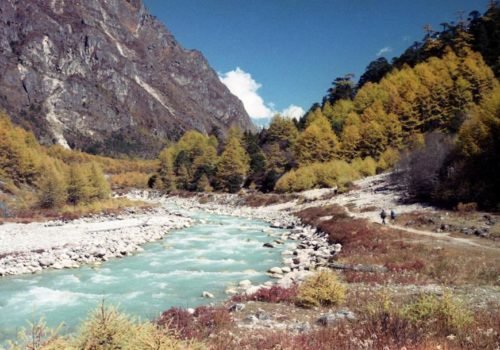
Nepal as one of the most beautiful countries in the world, Nepal is a destination that draws in millions of tourists every year. But before you pack your bags and set off on your adventure, it’s important to be aware of the travel advisories in place to ensure a safe and enjoyable trip. The U.S. Department of State has issued a Level 2 Travel Advisory for Nepal, recommending that U.S. citizens exercise increased caution when traveling in the country (U.S. Department of State). This is due to the potential for isolated political violence, which can sometimes escalate into violence and may be met with force by Nepali authorities.
Avoid Demonstrations and Crowds
When in Nepal, it’s important to avoid demonstrations and crowds. The Government of Nepal requires solo or foreign independent trekkers to be accompanied by a licensed guide (U.S. Department of State).
Health Considerations
Health-related guidelines are also important to follow when traveling to Nepal. Travelers are advised to bring a vaccination certificate showing a full dose of vaccination against COVID-19, completed at least 14 days prior to entering Nepal (Nepal Embassy).
Natural Disasters
Nepal experiences earthquakes, landslides, floods, and severe weather. It’s advised to be prepared for a major disaster and to stay informed about weather conditions (Smart traveler).
Conclusion
Despite the advisories, Nepal remains a beautiful and captivating destination. With careful planning and awareness, travelers can have a safe and memorable trip to this stunning country. Remember, the situation can change rapidly, so it’s always a good idea to check the latest travel advisories and health guidelines before you travel. Safe travels!
General Safety in city:
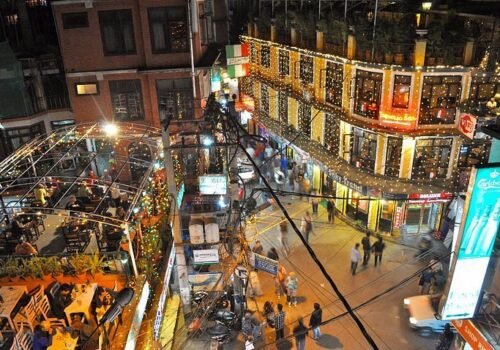
Petty theft is a common occurrence, especially in areas frequented by tourists such as buses, tourist sites, and hotel rooms. Be extra vigilant, particularly in popular tourist spots in Kathmandu like Kupandol, Sanepa, and Thamel, where instances of pickpocketing are prevalent. Always keep your personal belongings with you and avoid leaving them unattended. Be aware that armed robberies, especially targeting solo trekkers, can happen occasionally.
Safety in Urban Areas
Exercise caution in and around Kathmandu and other cities. It is advisable not to travel after dark due to increased risks.
Festival Season
During the festival season, which runs from September to November, there is a significant rise in crime rates, including thefts, purse snatching, bag snatching, Pickpocketing, and break-ins. It is crucial to maintain a high level of personal security awareness and ensure your personal belongings, including passports, are secure at all times.
Women’s Safety
Women traveling in Nepal should be cautious as they are more susceptible to harassment and verbal abuse. It is recommended to dress conservatively, especially in remote areas. Female travelers alone are at a higher risk of violent attacks.
Political Situation
While Nepal is in the process of transitioning to a stable democracy, the political situation remains fragile. Tensions can escalate quickly, and it is advised to keep updated with the latest political developments.
Please stay safe and enjoy your trip to Nepal!
- Incidents of Violence:
Sporadic politically-charged attacks may occur, particularly in Kathmandu. Past incidents have resulted in injuries and in rare cases, fatalities. Foreigners are not typically targeted. Further attacks are anticipated.
- Public Demonstrations:
Political rallies are a common occurrence in Nepal. At times, these events may escalate into violence. Transportation and public services may be interrupted abruptly.
Protests in Kathmandu and the southern region of Nepal bordering India have been particularly volatile, leading to supply shortages and disruptions at border crossings. Even peaceful protests can turn violent unexpectedly and may cause traffic disruptions.
- Avoiding Potential Hazards:
It’s advisable to stay clear of areas where demonstrations and large gatherings are taking place. Follow the directives of local authorities and keep yourself updated with local media for information on ongoing demonstrations.
- General Strikes (Bandhs):
Bandhs, or general strikes, are a common form of political protest in Nepal. They can occur at short notice and can disrupt services. While bandhs are typically peaceful, instances of riots and violence cannot be ruled out. During a bandh, businesses and roads may close, and transportation services may be unavailable or severely disrupted.
- Traveling During or Prior to Bandhs( Strike)
It’s recommended to avoid traveling on public transportation during or immediately preceding bandhs, as incidents of injuries to tourists have been reported. Transportation to and from airports across Nepal could be affected. Police and army checkpoints are frequent, especially at night and better follow with Nepal Travel advice for your better holiday.
Trekking and Mountain Climbing:
Many popular trekking trails in Nepal exceed 5,500 meters in altitude. Several hikers and guides have faced stranding, injuries, or fatalities while trekking. High altitudes can lead to acute mountain sickness, and sudden changes in weather conditions, including blizzards and avalanches, can occur.
- Trekking Safety Measures:
If you plan to trek, ensure you never do so alone and always hire an experienced guide from a reputable company. Purchase travel insurance that includes helicopter rescue and medical evacuation. Ensure your physical condition is suitable for the activity, and you are well-equipped and informed about weather and other conditions that could pose a hazard.
- Inform a Loved One:
Prior to embarking on your trek, inform a family member or friend of your itinerary, including your expected return time and also very important to tell your family or friend about your adventure in Nepal with the agency and guide as well that will be more comfortable for your family in your home and read this Nepal Travel Advice
- Symptoms of Altitude Sickness:
Altitude Sickness
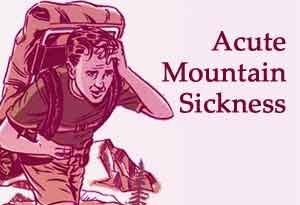
Nepal Travel advice also wanted to share some light on altitude sickness, also called AMS (Acute Mountain Sickness). This is the sickness which is one of the most threats during your trek in Nepal. However, it can still be well managed and avoided if few precautionary activities are undertaken. So don’t worry. First of all, a few words how this can happen. When you go to high mountains you are exposed to much lower atmospheric pressure and less oxygen, than you are used to. By living in our countryside, on lowlands we are used to high levels of oxygen and regular pressure.
Due to these circumstances the level of our blood cells is on a specific (quite low) level, that is sufficient to transport oxygen within your body. But when your body is exposed to high altitude, this number of blood cells is too low. As a result too less of oxygen is transported to your limbs, lungs and brain. If you push further and higher at some point in time your body can strike and start to be sick. So the main way of preventing AMS is to gain height slowly. Thanks to slow pace, your organism has time to produce and increase the number of blood cells and get used to the new environment.
Remember: our itineraries are constructed in a safe manner, that eliminates the threat of AMS. We use the 500 m max per day rule which is the best compromise of pace and safety. Never book trips with agencies that are doing treks in ultra quick time! This can be very dangerous. Always pick up treks which ensures proper pace and adaptation to height. Great Panorama Treks is one of them.
- Detailed Information on Trekking Routes:
Obtain detailed information on trekking routes or ski slopes before setting out and do not venture off marked trails or slopes.
Emergency Services:
Emergency services such as evacuations and rescues from remote areas are available but can be hindered by – The lack of immediate payment to helicopter rescue services.
– A positive response from clients of their insurance companies.
– Limited access to regular phone service in many trekking areas.
There have been instances of helicopter rescue scams in the past. Ensure that you are dealing with reputable helicopter companies.
All trekkers must purchase a trekkers’ information management system (TIMS)
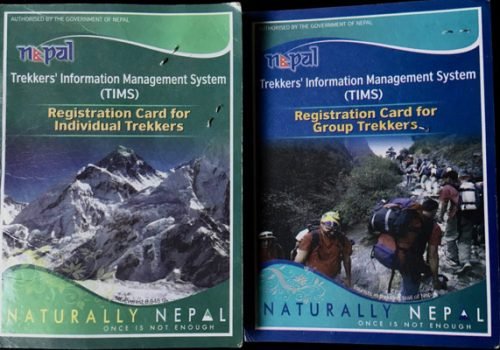
card from one of the following entities: The Trekking Agencies’ Association of Nepal. The Nepal Tourism Board. An authorized trekking company.
- National Park Permit:
You must obtain a national park entry permit before entering official trekking regions or routes such as those in the Annapurna, Everest and Langtang regions. Permits may be obtained from the national tourism board after arrival in Kathmandu or Pokhara.
- Rafting:
Organize white-water rafting excursions through reputable agencies only. If you use reputable agencies that will be more secure and reliable with service.
Public Transportation:
Follow Nepal Travel Advice says most public buses are often poorly maintained and accidents involving buses, often causing injuries and fatalities, are common. Avoid traveling on overnight buses. Tourist buses are generally safe. Boat accidents are common due to the overloading and poor maintenance of vessels. Do not board vessels that appear overloaded or unfit, especially where there are strong currents. And here in Nepal now so many new road trails opened and these are not safe to drive normally follow the trekking trail is better even there is road way.
- Road Safety:
Exercise caution when traveling by road as road conditions and driving standards are poor and traffic laws are not enforced. Drivers often drive at excessive speed and often do not yield right-of-way to pedestrians. Many mountain and hill roads, which can be hazardous even in the best weather, are intermittently impassable during the monsoon season due to landslides. Traffic is congested in the Kathmandu Valley.
- Landmines:
Landmines and unexploded ordnance pose a risk in parts of the country, including in some trekking areas. Follow the advice of local authorities, and only travel on well-used roads and paths.
- Telephone network:
Nepal is the country where you can find an easy network you can buy in Airport after your arrival TIA there available Nepal Telecom or NCELL these 2 networks are common all over the region. Also your guide will help you how to use those SIM cards.
19.Travel Insurance:
Don’t leave home for Travel and adventure Nepal without Travel insurance. Here is what we recommend: the best travel insurance is for Nepal adventure. World Nomads – Digital Nomads or Frequent Travelers Allianz – Occasional Travelers. Medjet – Global air medical transport and travel security. Need more help planning your trip? Make sure to check out our Great Panorama Treks where we highlight all the great companies and we know this Nepal travel advice will help you somehow in with your travel Nepal.



No comments:
Post a Comment